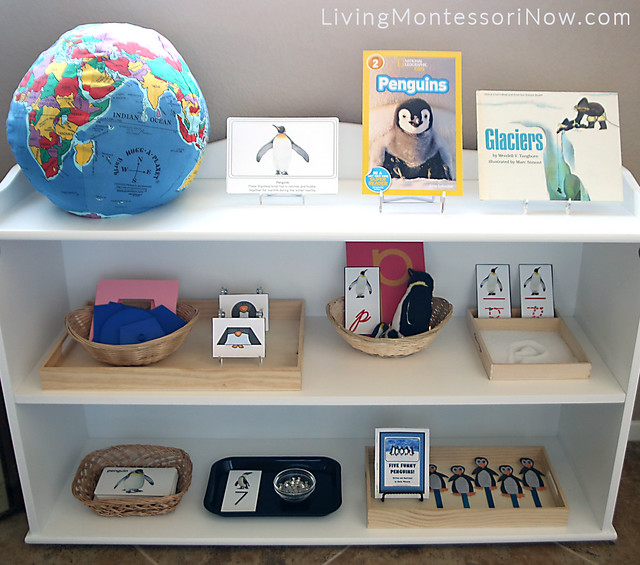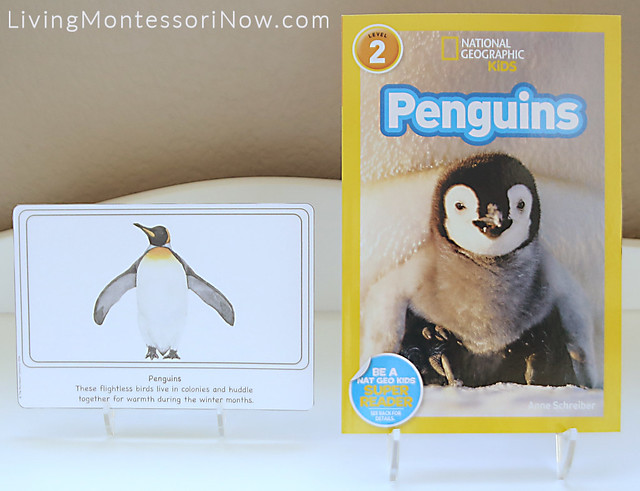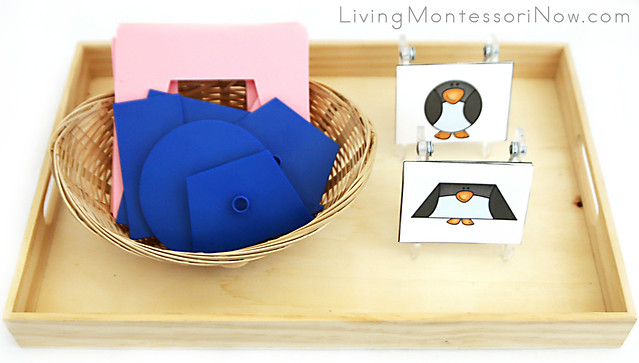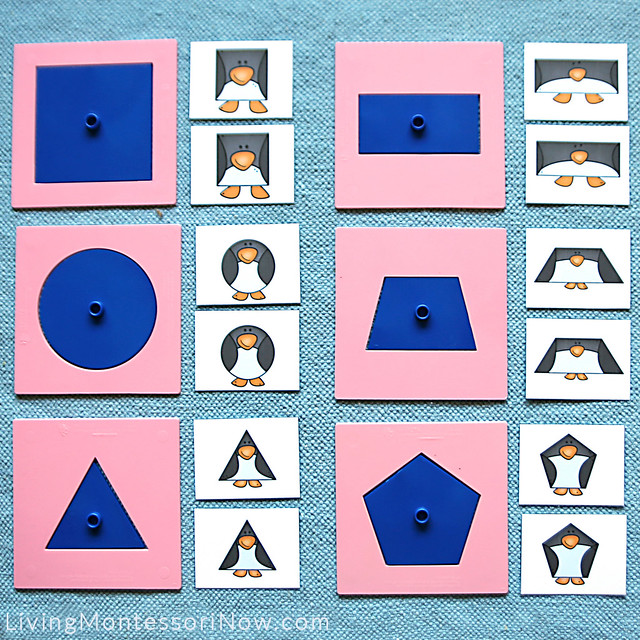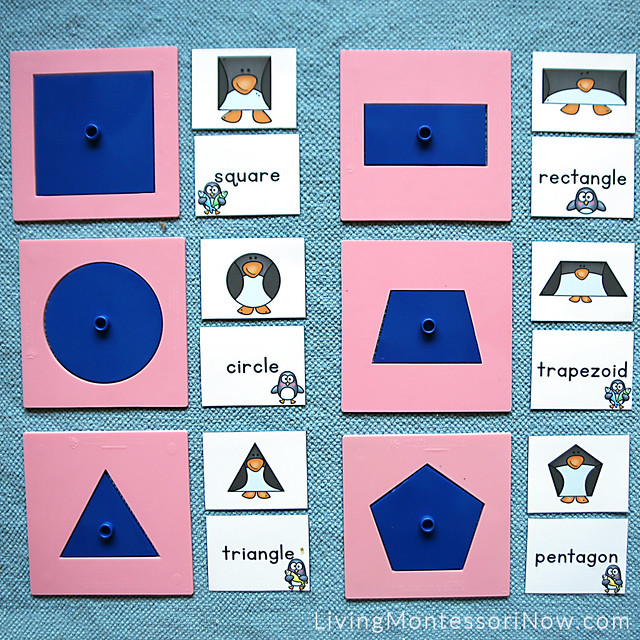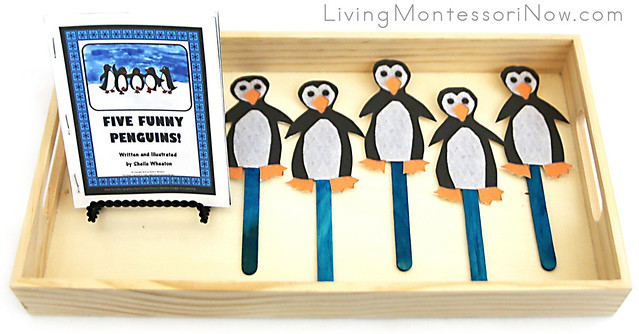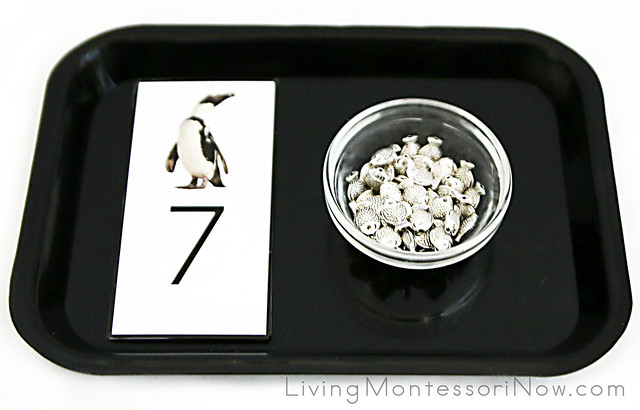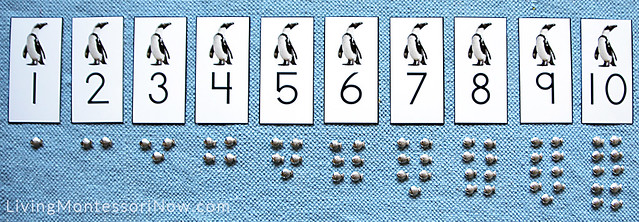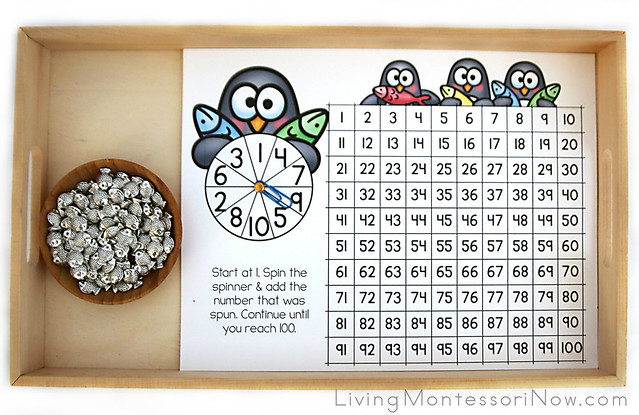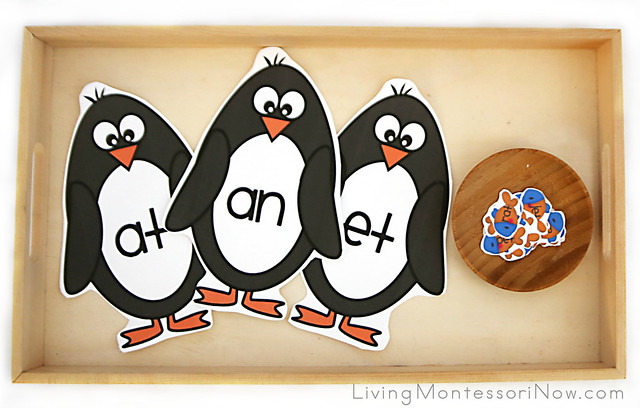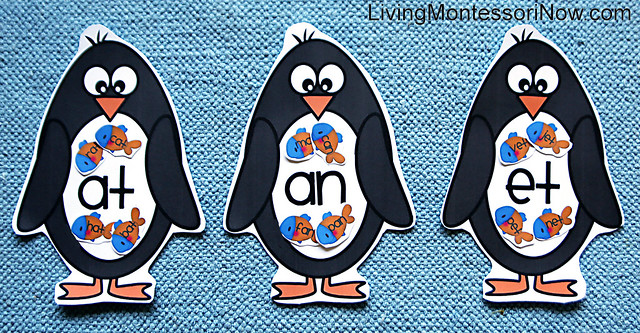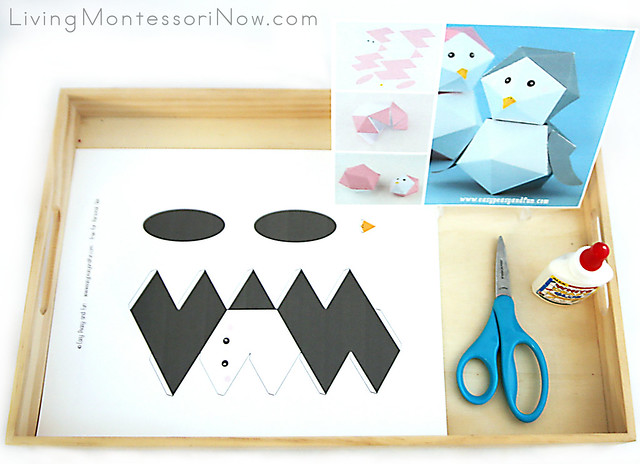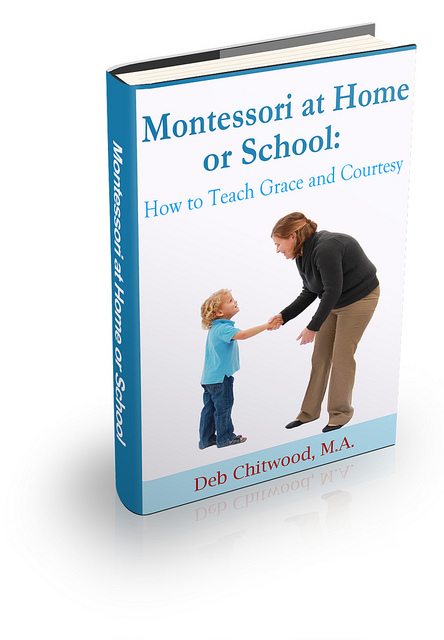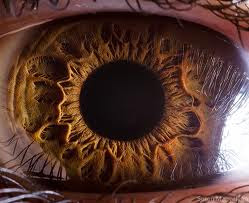hOppy New Year.
Here is to new beginnings – January.
Although the year is new, our children’s routines should stay the same
as much as possible. Children flourish
with routines and rituals.
This blog will share some ways to celebrate the Chinese New Year as well as discuss the importance of routines and rituals.
Encourage parents to keep their child's routines. Participating with their child when they can in extra activities outside of school. Just because a child is enrolled in a preschool, doesn't mean a child can't go to a music enrichment class, or any other enrichment program. (It's best when the parent participates with the child.) In Music with Mar. classes, we are proud to share the brain research this program is built upon. I have personally spent years studying the research behind what is going on in those little brains and finding ways for parents / teachers to use that information with music and movement. Looking for a good book on what is best for the baby's brain? Click this link:
Brain Fact – It takes 1200 repetitions for the young child’s brain to learn a new fact / task
Routines help
children feel safe; they know what to expect and their brain builds by adding
new information to old.
Rituals help children feel a part of something bigger than they are. They connect us to the world. Rituals should be inclusive for all ethnicities represented in our schools. Chinese New Year is just a day or two away.
This link will take you to Easy to Make Chinese Instruments.
Look for the joy to celebrate throughout the year. Having something to look forward to each month is healthy for the brain.
Sing-cerely,
Mar.











